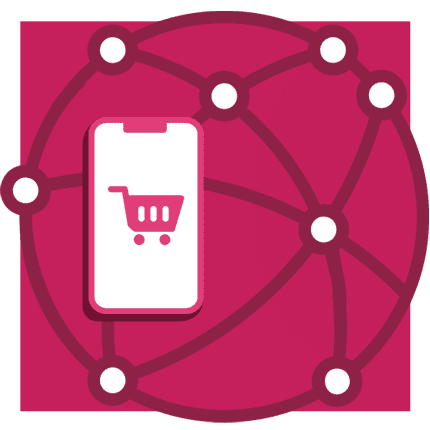How to Expand Your eCommerce Business Globally

The Ecommerce industry boomed throughout the COVID-19 crisis, and continues to grow in this post-pandemic world. Now that global trade and commerce are on the rise, eCommerce businesses can rapidly expand into neighboring markets and establish a digital brand presence across the globe.
Of course, this is often easier said than done, no matter how many resources for expansion you have. The sheer competitiveness of the Ecommerce sector hinders the expansion of many small eCommerce ventures. That said, with the right strategy and the necessary tools, you can take your online store from a local to a global brand.
That’s why today we’ll detail the essential steps you need to take to ensure efficient and effective growth in new markets, and how to establish a powerful brand presence on the global scene.
Optimize and Redefine Customer Profiles
A customer profile, or customer avatar, is an all-encompassing overview of your ideal customer(s). Every growth-oriented eCommerce brand needs to create detailed customer profiles to empower marketing, sales, and support teams to do their best work — but of course, that’s just the tip of the iceberg.
The overarching importance of customer avatars for eCommerce growth and expansion can’t be overstated. When it comes to global expansion, however, customer avatars will allow you to improve the buyer’s journey and optimize the overall customer and brand experience in every new market you enter.
To that end, make sure to:
- Identify your most important markets for marketing and conversion focus
- Research the local customer bases and compare them with your existing customer profiles
- Identify the key motivators, drivers, values, goals, and needs of your new target demographics
- Observe global expansion as a chance to establish a meaningful connection with numerous new markets
Automate as Much as You Can
Automation might be a buzzword, but it’s important to remember that it allows us to achieve many short, mid, and long-term business goals — if properly implemented. You can automate many things in the eCommerce world, saving you time and money. Furthermore, automation can empower all of your teams to achieve better results — because they’ll be focused on solving complex problems rather than wasting time on menial tasks.
However, for all the benefits of eCommerce automation, it can be a tricky endeavor. You have to be careful with your investments. You can easily overspend on the tools you don’t need, so you need to streamline your automation strategy and choose only the tools that will allow you to expand more efficiently and effectively.
Consider the following essential automation opportunities:
- Inventory and order management
- Email marketing
- Customer support with chatbot technology
- Gathering feedback and customer data
- Targeting and segmentation based on buyer behavior
- Social media scheduling and posting
Become an Authority Figure in New Markets
To expand your business globally, you need to think beyond how you’re going to ship products internationally or how many payment methods you should accept. Those are all important considerations, but today we are focusing on the strategic questions. With that in mind, let’s talk about the importance of building an authoritative brand presence.
You might be a popular brand in your local market, but if you want to establish yourself internationally, you need to double down on brand experience, trust, and social proof. To build trust, you need to publish truly relevant content in the form of articles and videos, as well as live events and an on-demand webinar that will educate your audience, share relevant information, and make your brand more relevant and engaging in competitive markets.
With diversified content offering a deeper understanding of your audience and what they need, you will be able to optimize your content output to engage people on your website, social media, email, and all other customer touchpoints.
Make It Easy to Access Your Products and Offers
Reduce customer effort. Why? It entices people to buy from you instead of the established local brands. To do this effectively, research your top competitors in all your relevant markets around the world and focus on improving their processes.
For example, if your competitors have a long checkout process, shorten yours to make it easier for people to complete a purchase. If people are having trouble reaching the right product pages and categories, then you can generate dynamic QR codes that people can scan to quickly reach the exact page they were looking for. Likewise, make sure to allow customers to place orders via email, social media, and other channels to make it even easier for people to buy quickly.
Localize Your Content and Adapt Your Entire Brand
Finally, think of global expansion as a way to dominate many individual markets. Global expansion, in a practical sense, is not about dominating the world — it’s about dominating the high return on investment markets and customer bases.
To that end, start localizing your brand, messaging, content, and all your strategies. Remember that e-commerce translation and localization are not just about translating your website, but about adapting your entire brand experience and product descriptions to the unique culture, trends, and language of the local community.
Once you have identified your most lucrative markets, you can go ahead and localize your sales and marketing strategies to maximize their potential in the mid and long-term.
Over to You
While global expansion might have seemed like a pipe dream for many small eCommerce leaders in the past decade, nowadays any online store can transition from a local player to a global brand. By allocating your resources wisely and investing in the right tools and tactics, you can quickly expand into new markets while truly connecting with local customers and audiences.
Now that you know the best practices, you can kick-start your journey to become a global eCommerce brand by the end of 2022.



